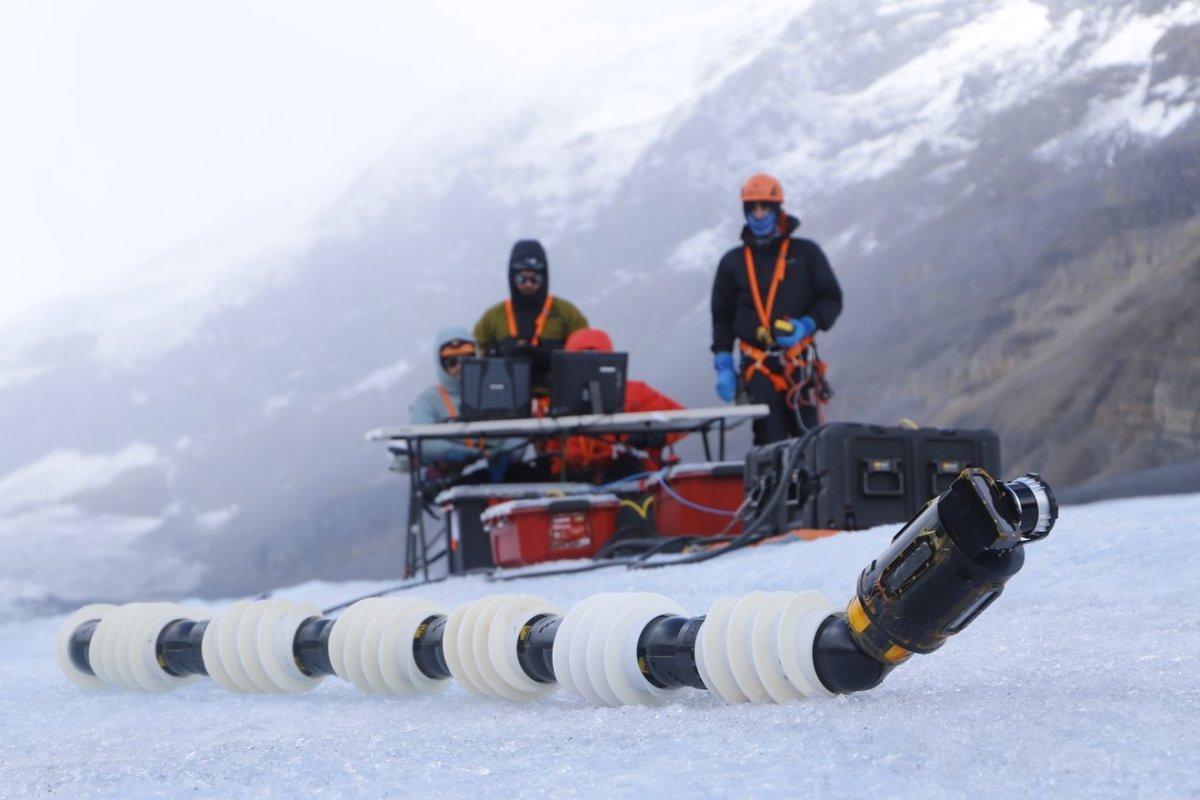The concept of a snake-like robot has been around for decades, adding diversity to the world of automation with its unique design and practical attributes. One of its major advantages is the ability to continue functioning even if a module is damaged, thanks to its redundancy. But perhaps the most significant feature of this form factor is its slim body, which enables it to maneuver through tight spaces with ease.
This particular trait has attracted the attention of search-and-rescue teams, as these robots can access areas that are difficult for humans and other robots to reach. They have also proven to be useful in various industries, such as plumbing and even in the medical field. Scaled-down versions of these robots can navigate through pipes and even human organs with incredible precision. One of the most intriguing areas of research for this type of robot is at NASA’s Jet Propulsion Laboratory (JPL), known for their innovative and futuristic approach to robotics. They have been exploring ways to utilize this robust form factor to search for extraterrestrial life.
However, as with most groundbreaking stories, we are still in the early stages of development. The team is currently conducting tests in simulated environments that closely resemble the challenges these robots could face in outer space. These include terrains covered in ice, as the ultimate goal is to send them to Saturn’s icy moon, Enceladus.
Cassini’s flybys in the 21st century have revealed that Enceladus is a water-rich environment, making it a potential candidate for life in our solar system. Hence, the snake robot, also known as the Exobiology Extant Life Surveyor (EELS), is designed to explore the oceans beneath the moon’s surface and, hopefully, provide answers to some of the universe’s greatest mysteries.
“It is designed to be adaptable to traverse ocean world-inspired terrain, fluidized media, enclosed labyrinthian environments, and liquids,” the team behind the research explains in an article published in this month’s Science Robotics. “Enceladus is the main driver for the design of EELS hardware and software architecture, as well as its mobility and autonomous capabilities. We have been using glaciers as Earth analog ice environments to develop and test its architecture as a stepping stone towards Enceladus.”
For this project, JPL has partnered with Arizona State University, the University of California, San Diego, and Carnegie Mellon University. The latter has a long history of designing snake robots and is responsible for the modules used in this early version of the system.
“On Enceladus, EELS could slither down narrow geysers on the surface and swim through the vast, global ocean, estimated to be six miles deep at the south pole,” notes CMU. “EELS is equipped with risk-aware planning, situational awareness, motion planning, and proprioceptive control to allow it to move autonomously far from Earth and the clutches of human control.”
According to NASA, this snake robot system weighs in at 100,000 grams and measures 4.4 meters in length. Its impressive capabilities and potential to explore uncharted territories have sparked excitement and curiosity, and we can’t wait to see where these serpentine robots will take us in the future.








